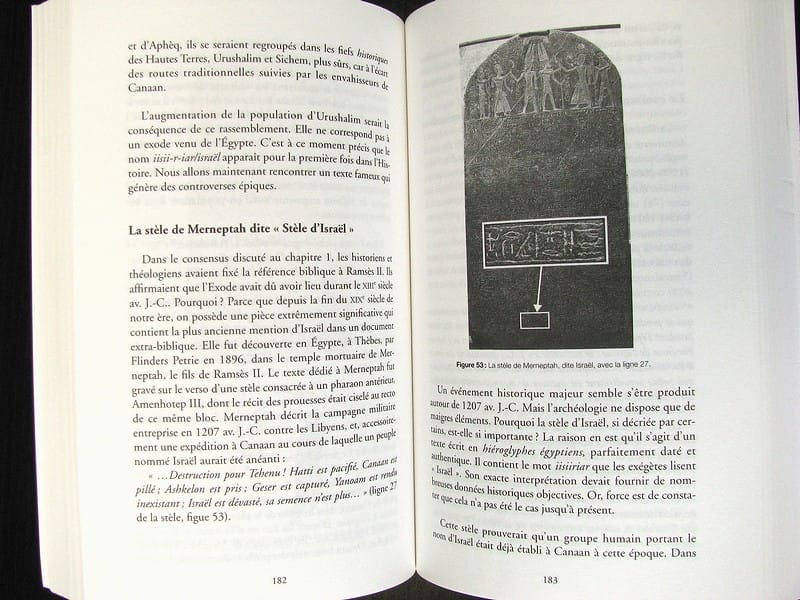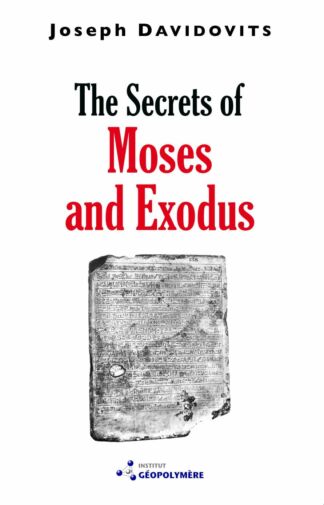Description
In 1935 in Karnak, in Egypt, two French Egyptologists discover a fresco in the ruins of the memorial temple of Amenophis (Amenhotep) Son of Hapu, the most eminent scribe and scientist of ancient Egypt, Great chancellor of the Pharaon Amenhotep III, father of the monotheist Pharaon Akhenaton. Recently, 75 years later, I noted that the text of this fresco was reproduced word for word in the Bible, Genesis 41, when Pharaon installs the biblical Patriarch Joseph to rule over all Egypt. Royal scribe Amenophis Son of Hapu and the Patriarch Joseph are thus the same person.
Moreover, the fresco contains a surprising detail which underlines its authenticity. Indeed, in Genesis 41, Pharaon names Joseph: çaphenat-paneah (sapnath-panéakh), a name which does not mean anything in Hebrew. Indeed, I discovered that çaphenat-paneah is the Egyptian name Amenophis Fils of Hapou, written reversely, from left to right, the hebrew language being written from right to left. The surprising detail in the fresco is that, precisely, the Egyptian name Amenophis is also written in hieroglyph reversely, from left to right, instead of from right to left like the rest of the text. There is thus absolute agreement between the fresco text and the Bible.
With this text going back to 1350 B.C., I prove that “the text in the Bible originated from this fresco” and I describe the historical character of the Patriarch Joseph. I show how the Hebrew craftsmen were indeed Egyptians, yet, their leaders, the priests of Amenophis Son of Hapu’s Memorial Temple were of Semitic origin.
Why was this fresco then occulted by Egyptology? That remains a mystery. One does not find it mentioned in any works and books published by Egyptologists. This explains why biblical researchers and archeologists do not know of its existence and ignore its content.
The historicity of the Bible goes back now to 3400 years and I claim that this fresco is the oldest text written word by word in the Bible. I have found many old and modern archaeological documents that fit in this new context. While following the written history of Amenophis Son of Hapu’s Memorial Temple from 1356 to 1060 B.C., one discovers the personality of Moses and the causes for Exodus around 1050 B.C., after heavy religious tensions, agitations and exemplified by the first strikes ever recorded in History, those of the craftmens working in the Valley of the Kings, Karnak, Egypt, called hepkher/hebbrer, the Hebrews.
I also explain in this book who were the Hebrews and their brothers (or cousins) from Madian who hosted Moses during 40 years, those who will be called later, the Arabs. Related link on Amenophis (Amenhotep) Son of Hapu’s scientific knowledge on geopolymer stone Memnon Colosses.
This book is only availabe in French.
ISBN 9782865532162
Éditions Jean-Cyrille Godefroy, Paris, 2009






